Architectural practice in Britain vs India
- Swati Nair
- Nov 30, 2021
- 3 min read
Architectural practice in the United Kingdom being vastly dissimilar, yet relatively similar to the architectural practice in India, I attempt to detail the differences in the two practices in an entertaining manner to anyone with an interest in architecture, or who just takes delight in learning something new!
Stages of architectural design development:
Site Survey
Every architectural project requires this initial stage to map the site of a new build project, or survey the existing property to gather enough information to redesign, renovate or refurbish a property.
Unlike surveying existing buildings in India, surveying an existing property in Britain is rather easy, especially when you’re able to count the bricks on almost every property to gauge the overall dimensions of a building, which legitimizes the data collected on-site, and overcomes human errors committed whilst site surveying.
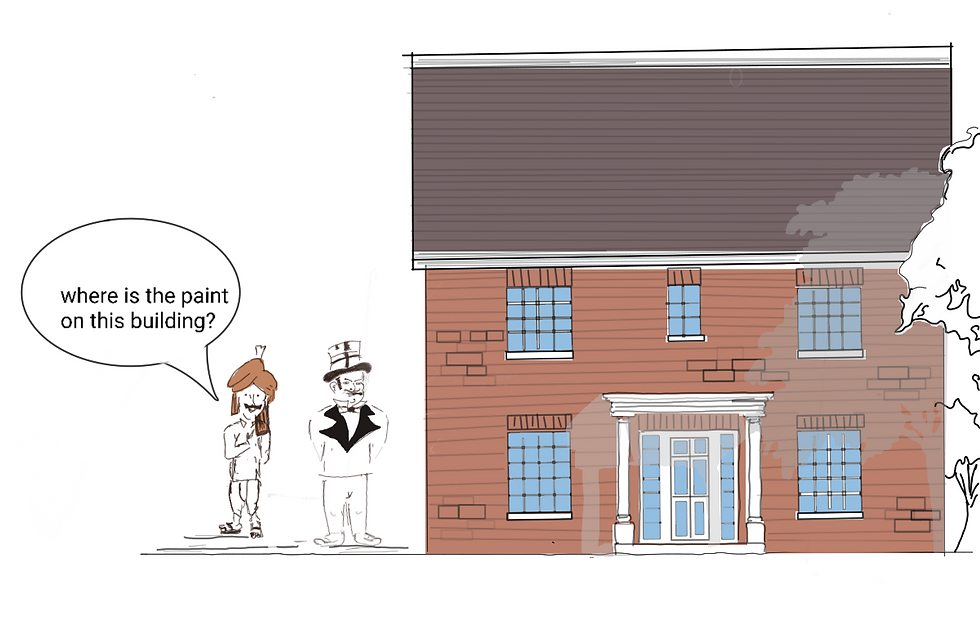
Design Development/Conceptual Design
Conceptual design although constrained in practice in comparison to education, it is not only restrained by the brief that is spoon-fed by the client but is also restricted to a great extent by the planning authority in Britain.
Expanding and exploring creativity is limited in comparison as an Indian architect’s only rival in design is the client and the client’s budget.
Funny how the limitation of freedom has a limitless boundary!
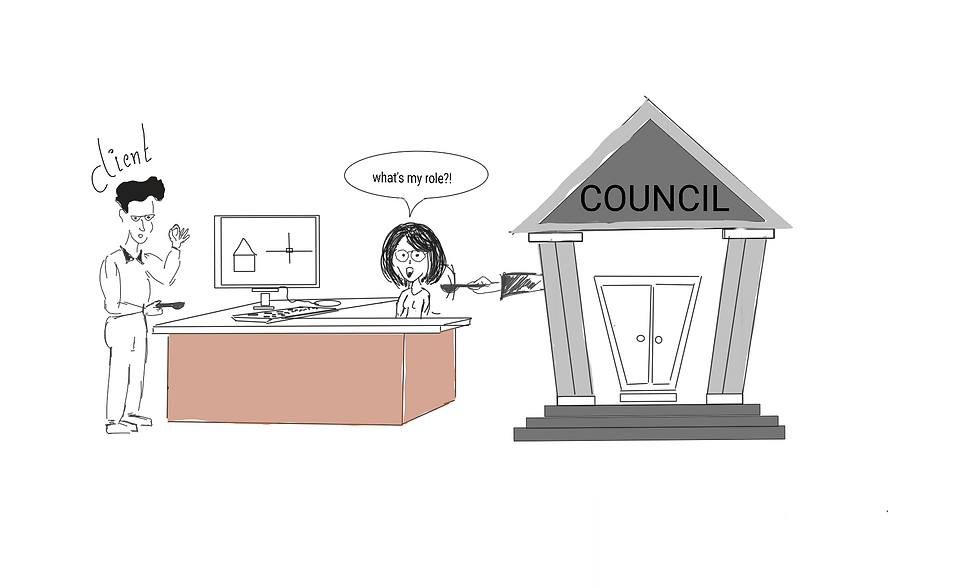
Design Development/Developed design
Revising drawings tend to destroy the design when clients don’t know how to put a full stop to it. The obvious solution is to charge every minute spent on the drawing beyond the time limit the design is capped at within any architectural service.
It seems impossible in India, whilst it is a very well-grounded solution in Britain considering hourly wages and RIBA’s structure that restricts clients from being superfluous with their demands.
However, it cannot be entirely true for every architectural project, or even at every architectural firm as I’m only speaking from personal experience.
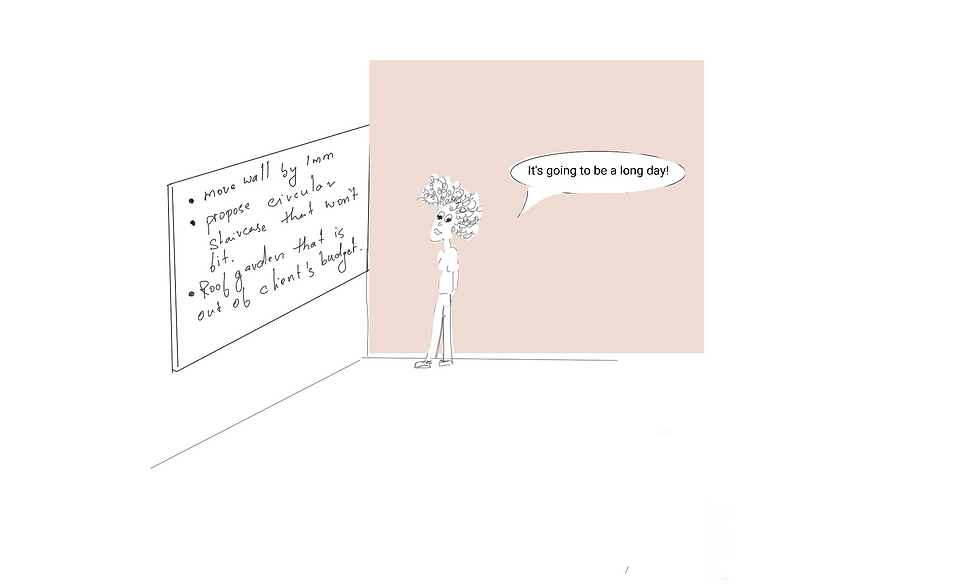
Planning / Sanction
Obtaining planning approval in Britain is a tedious task that probably requires an employee solely dedicated to chase applications and meet the planning authority’s conditions to receive the approval on time.
In India, it is similar to sanction drawings, although only limited to by-laws and government employees who sit on an imaginary throne that can only be overpowered through bribery.
All hail the power of a common Indian man!
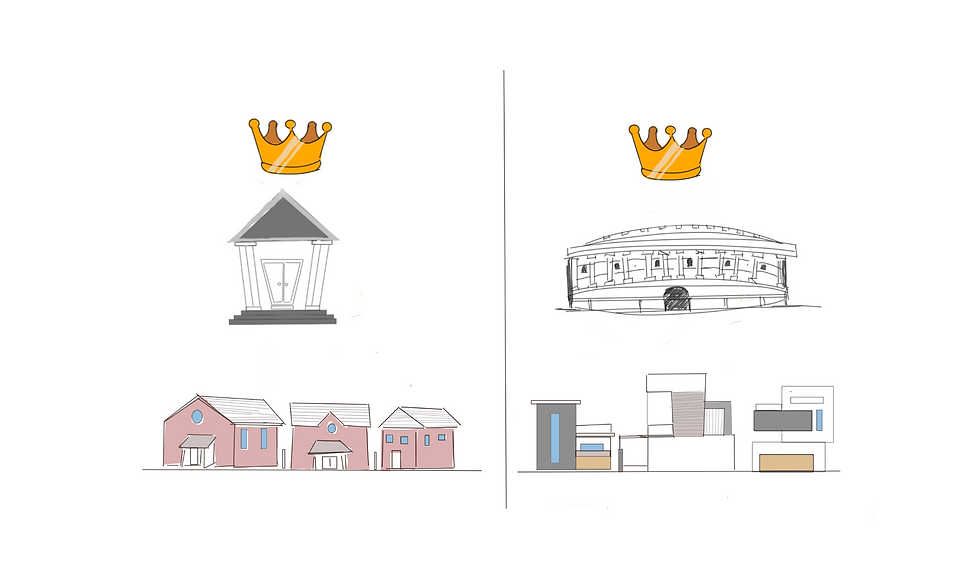
Working Drawings/ Technical Design
Drawings are detailed out similarly in both the countries but differ in their details as we’re talking about two countries that experience vastly different climates.
I still remember being surprised at the fact that external walls are 300 mm thick in Britain when it’s just 150 mm in India, although it is a fairly obvious solution to the cold weather in Britain except on that one day of summer!
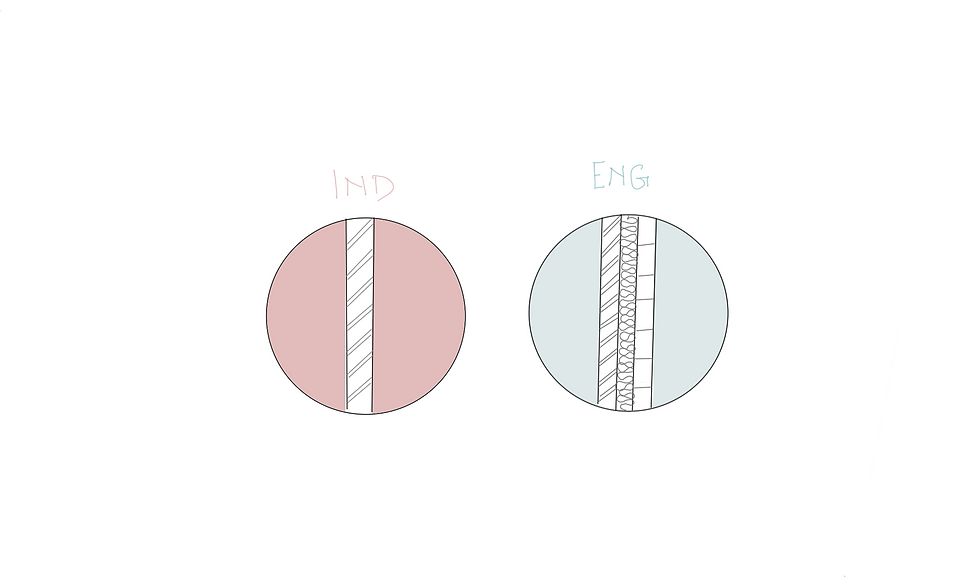
Building Regulations / By-laws
By-laws are about safety to Britain, whilst it is a problem to overcome in India; just a record to be filed away because it is in the way of gaining more interior space, and possibly more rooms to rent out.
Whilst planning drawings govern the overall aesthetics of a building along with policies that restrict people from stripping their neighbors off of natural light or leaving no breathable/breakaway areas, which has also imposed harmony within the architecture of Britain, building regulations on the other hand are set standards for the design and construction of buildings to ensure the safety and health for people in or about those buildings.
Whilst these policies are in place for the safety of the public, both countries have their ways of working around it.
Tender & build
Both countries have their pros and cons within the practice, and that sums up life in general.
There is still a lot to learn within the practice, whilst for now, I can conclude that the overall process is quite a long journey that an architect has to commit to engage in with a client to produce a masterpiece. It is a relationship, although strenuous for both, it is lovely when it all comes together in the end.
We finally bid farewell, and leave them behind with a tangible memory that is a result of both of our dreams!

© 2021 Swati Nair All rights reserved



Comments